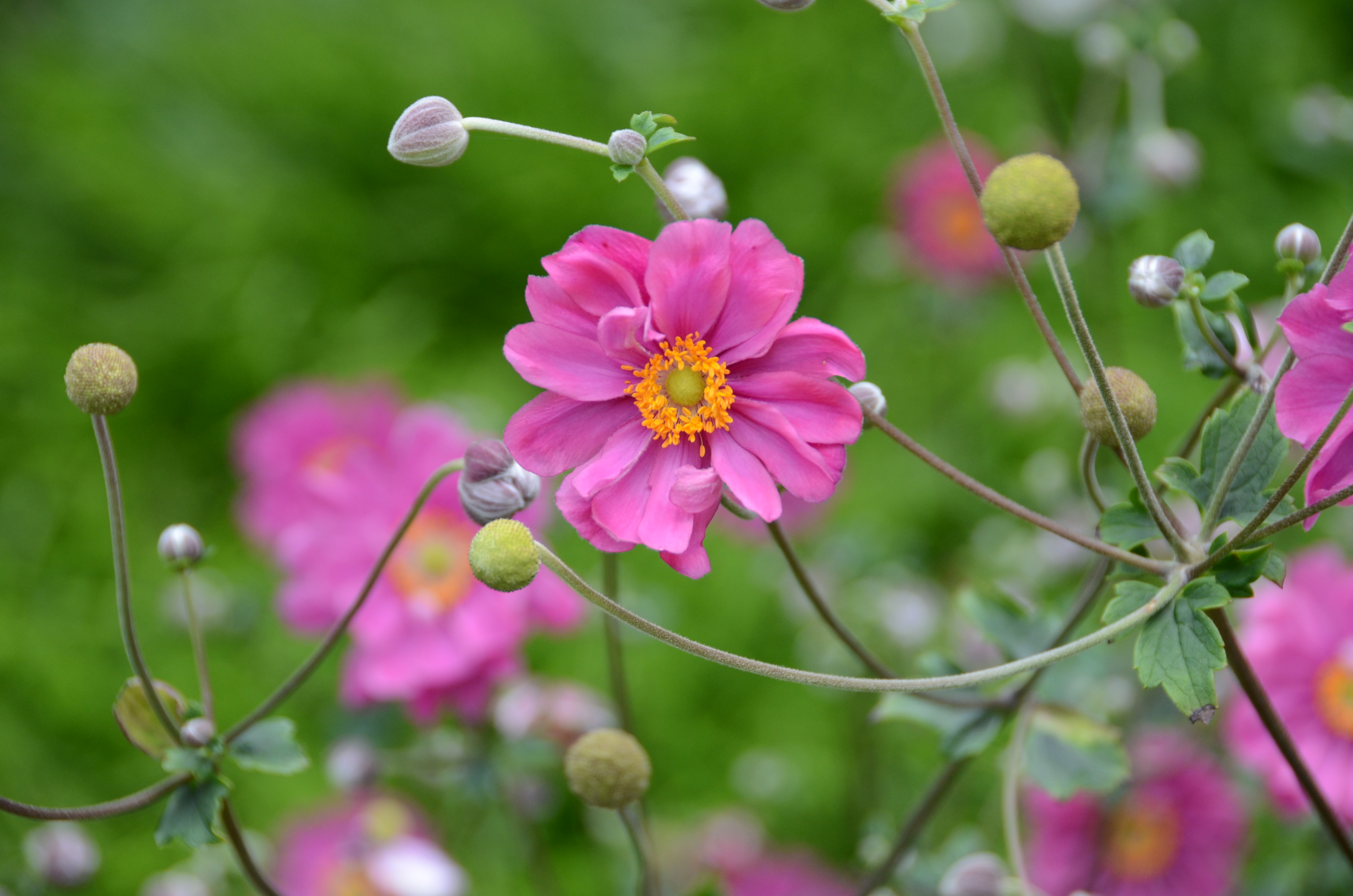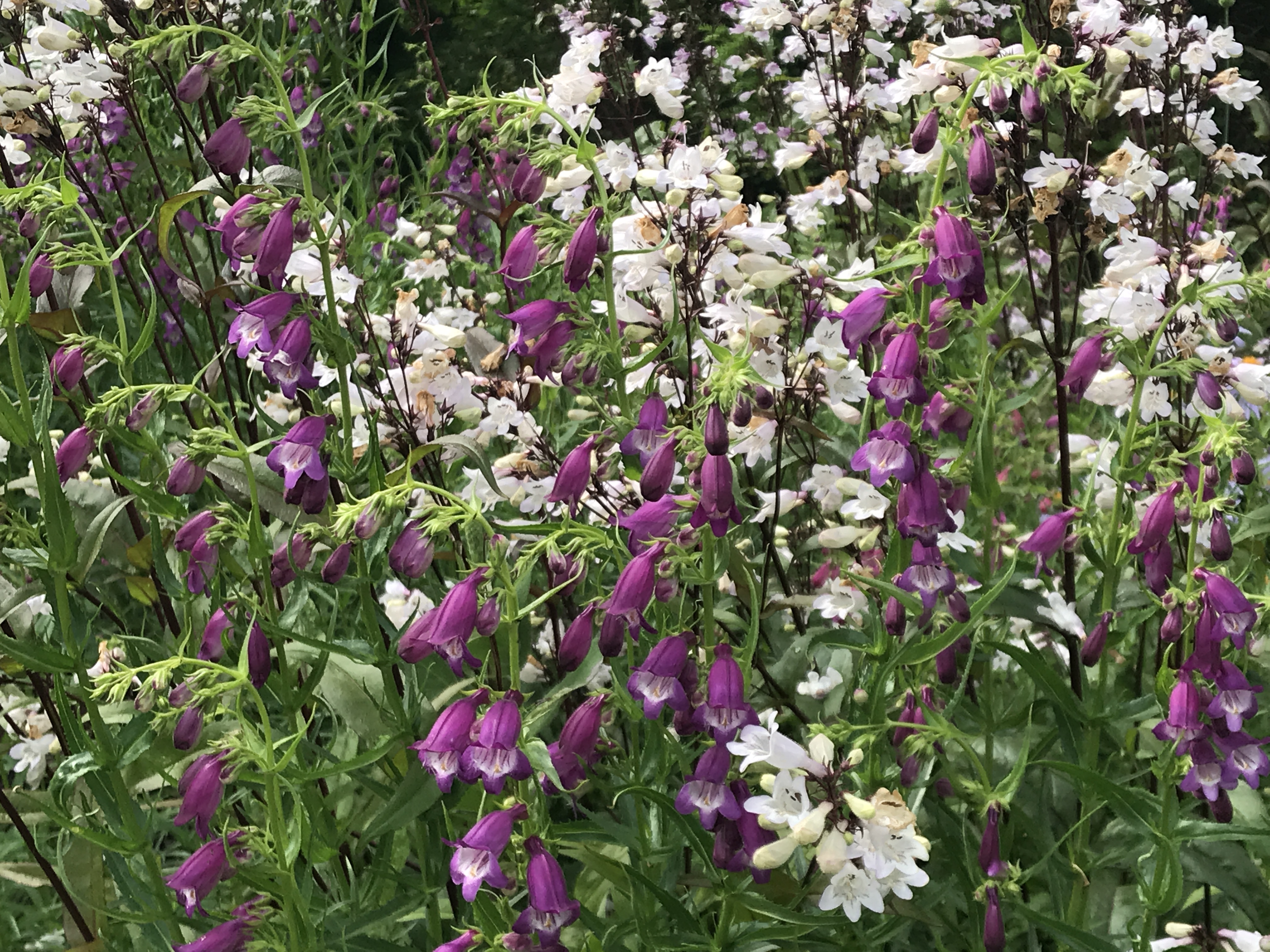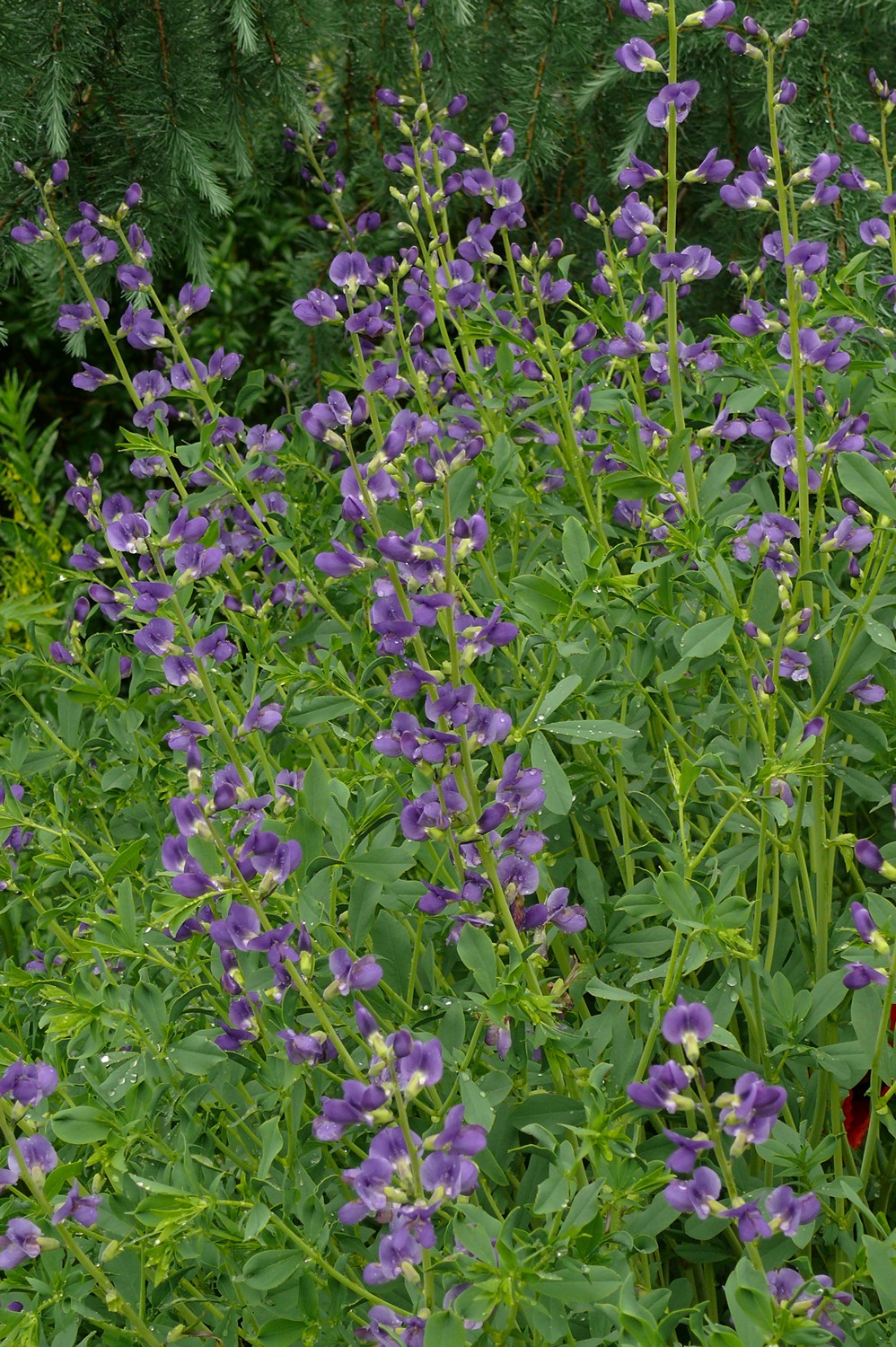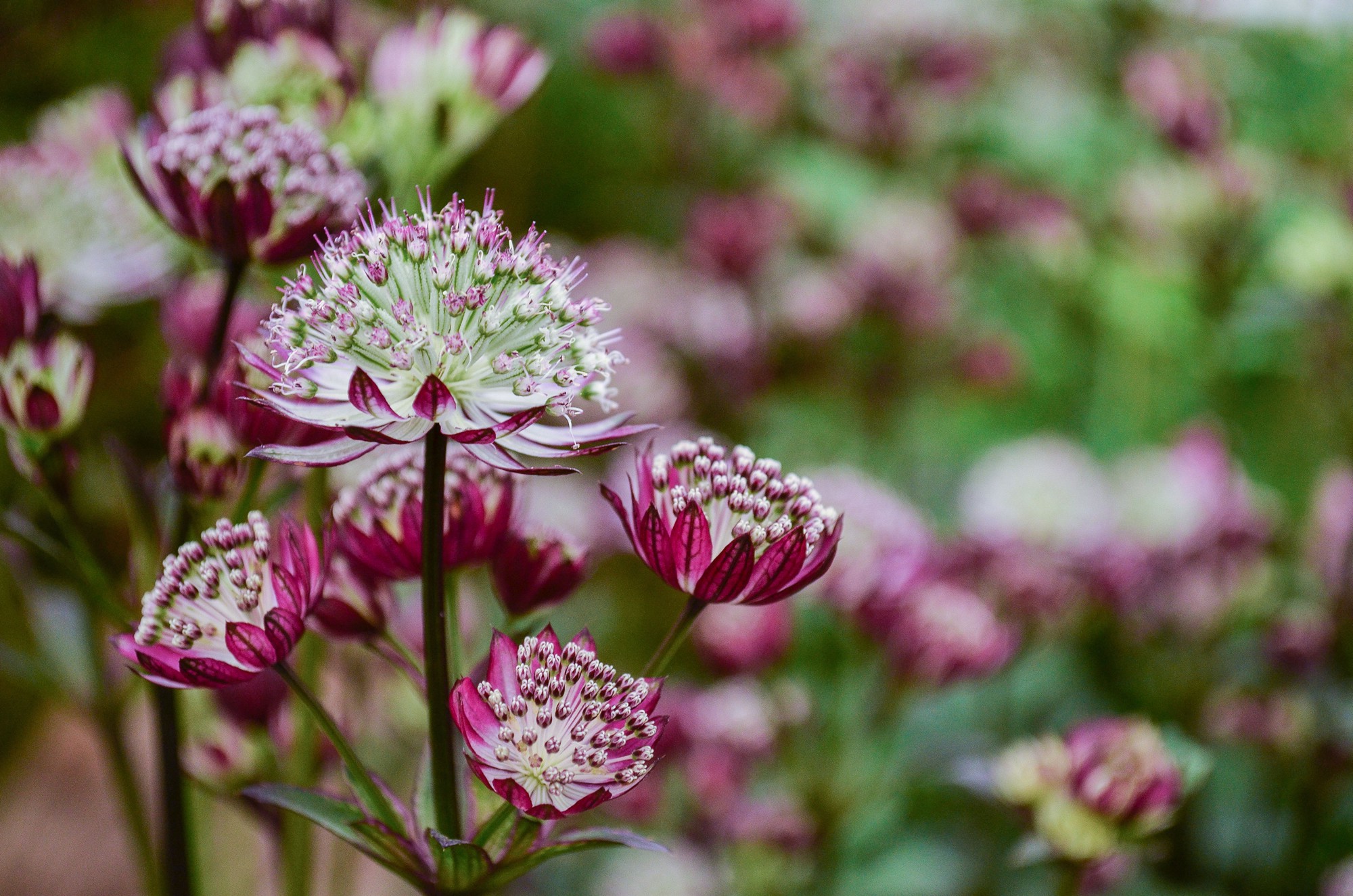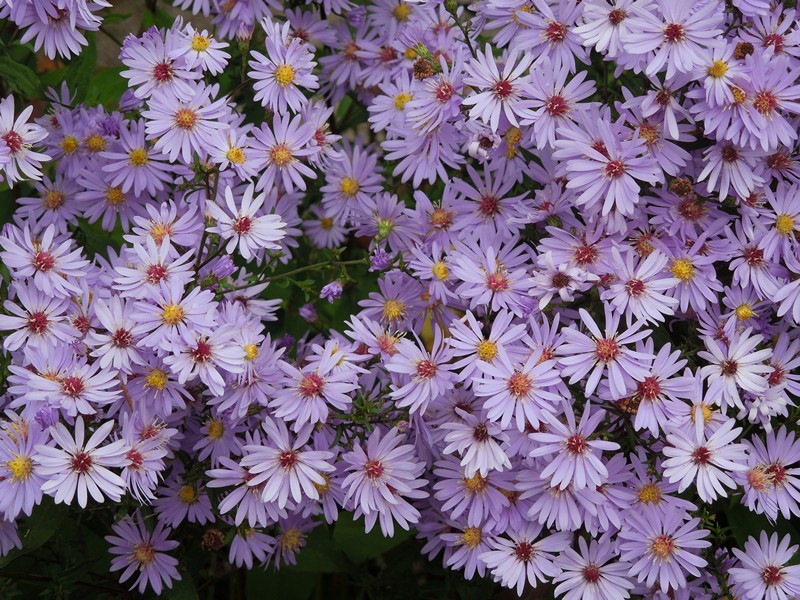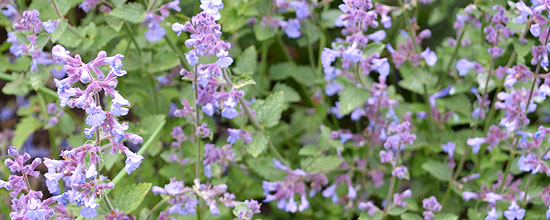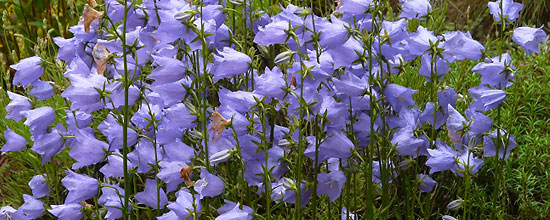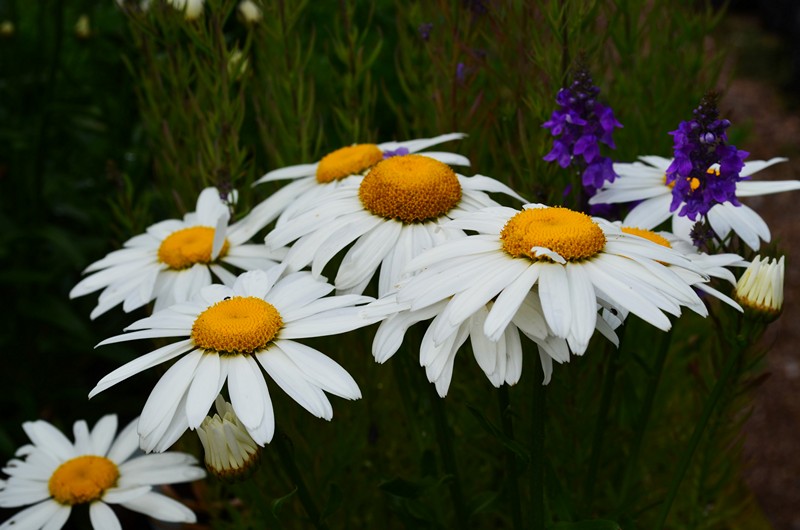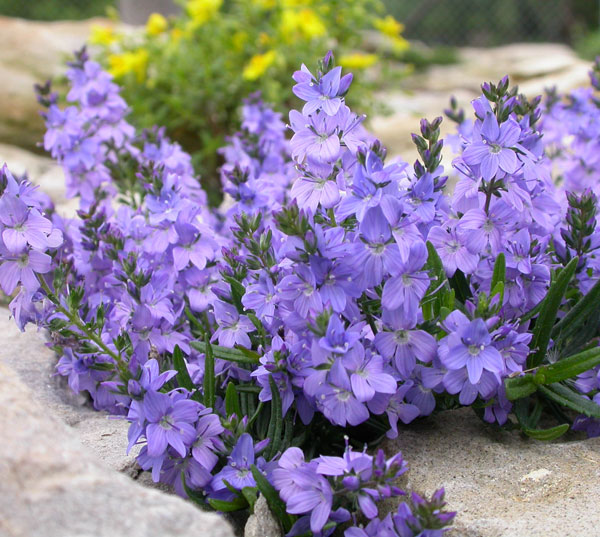Rock without any representative of these beautiful plants can hardly be imagined. Rod lomikámen (Saxifraga L.) It is extremely rich and includes several hundred species and even several thousand varieties of plants.
The most attractive and very early blossoming saxifrage especially among groups Porphyrion (including the previously allocated section Porophyllum, yet formerly known as Kabschia). Plants of this group are among the most beautiful species of saxifrage ever. It is mostly mountain to mountain species. The focus of their occurrence in the mountains of Central and Eastern Asia, especially in the Himalayas, then in Turkey, the Caucasus and some species grow well in the mountains of Southern and Central Europe. Plants inhabit rocky gaps and cracks and form dense, very compact buns crowding growing, small leaf rosette. Early spring flowers attractive nakvétají, either individually or několikakvětým inflorescence. Flower color is from pure white, through shades of yellow and cream to pink or almost purple hues. Currently, there are many hundreds of varieties of plants, and to obtain a series of them participated Czech breeders. Cultivation of this group is not always very easy, Although some species quite easy to grow on rock, which require light, but also protection against the fierce sun, but also sufficiently moist soil with excellent drainage and higher humidity. Very badly suffers permanent shading. Often chosen for their planting porous rock - travertine, the plants can directly planted in stone. In these conditions are optimal water supply, but it is also ensuring sufficient air. In outdoor conditions they grow well especially species from Europe and Asia Minor, conversely plants from high levels of the Himalayas better thrive in a greenhouse alpínkovém, where you can better control the humidity and partial lighting conditions stínovek installations in summer.
- Saxifraga 'Gregor Mendel'
- Saxifraga 'Vladana'
The critical period is summer, when the temperature reaches over 30 ° C. At this time, grow new subsidiaries rose and plants are not able to fix moisture and is very easy to "burn" the fierce sun. At this time, suitable plants přistínit. Late summer and winter restrict irrigation, Do not let the substrate dry out completely. New vegetation then begins in early spring, when appears buds.
This group includes many species and even larger quantities of interspecific hybrids. The most significant, who have grown as botanical species or participated in the creation of varieties and hybridization include:
- ferdinandi-coburgi It is home to the limestone mountains of Bulgaria and northern Greece. Form flat cushions gray-green rosettes. Blooming yellow flowers in inflorescence vrcholičnatém. Grows well in the sun, but still slightly moist soil. It requires moist soil, or drainage rock joints and plenty of light.
- burseriana It grows on limestone rocks in the Pyrenees, Alps and Dolomites. Rosettes are gray-green again, individual flowers, pure white, or. with red veins.
- marginata This highly variable species is particularly widespread in the Apennine peninsula and on limestone mountains of the Balkans. Rosettes are dark green with distinctive calcareous incrustations. Plants grow well in exposed areas. tolerate shading. flowers white, fading away in the pink.
- Federici August (syn. S. grisebachii) It is one of the most species. regular forms, large flat rosette of gray-green leaves with limestone incrustations at the edge. At flowering creates up to 30 cm long, dark purple stalk and the same color has its own florets. It grows in Albania and northern Greece. On the rock is more suitable to the eastern exposure and ideally located right in travertine. More reliable is growing but at a greenhouse skalničkovém. This species breeds almost exclusively seeds.
- sempervivum grows on limestone rocks Balkans to Turkey. Form a slightly arched gray-buns. At the time of flowering (March April) They form a purple stem with purple flowers with yellow anthers. In a culture grows quite easily. Zajímavostí je albinotická odrůda 'Zita' without color of purple stems and flowers.
- scardica It is home in Greece, Albania, Montenegro and surrounding areas. Leaves are rigid, sharply pointed. Flowers pure white to narůžovělé.V culture grows easily on non-drying station.
- Iranica Iran is endemic, where it grows at altitudes around 4000-4300 m. inflorescence forms 3-4 white flowers, whose petals are fading away when dyed pink. The culture is quite durable and fairly well tolerated and short přísušek.
- lilacina grows in the Himalayas. This is a very important kind, which incurred a beautiful choice of cultivars. A compact buns tiny leaf rosettes, which have hardly 10 mm in diameter. The flowers are single, pinkish-purple with purple veins. The culture is a little tricky. Requires sufficient light, but moist microclimate and soil rather acidic or neutral reaction.
- dinnikkii This species is one of the nicest introductions, which took place at the end 20. century. Home of this magnificent species to the Caucasus. Plants form flat, green-leaf roses with partial limestone inlay. In the spring nakvétá large, růžovofialovými flowers on 3-5 cm stopkách. Interesting is like a "fluted" structure flowers and veining. Already shortly after the introduction became an important species for hybridization. In a culture requires a more protected position, Eastern and SE exposure and enough water. Ideal is growing in travertine.
- oppositifolia It is a kind of subarctic and arctic regions of the northern hemisphere, It rarely found in the Giant Mountains. They consist mostly of relatively loose rugs with poléhavými stems to 30 cm long. The leaves on the stems are friendly, křižmostojné. flower color is very variable, from light pink to deep purple, rarely occurs and white. In a culture is relatively undemanding, grateful enough light, but also plenty of moisture and good drainage.
Other species with similar demands include S. juniperifolia, S. sanctuary, S. stribrnyi and.
Garden cultivars of these saxifrage There are many and it is difficult to name all the groups and hybrid varieties. To mention but definitely worth it, that the emergence of new varieties participated and still participates in several Czech breeders, whose cultivars are very attractive and are highly prized abroad. From the Czech cultivars include eg. 'Jan Ámos Komenský', 'Jan Hus', 'Ludmila Šubrová', 'Josef Mánes', 'Karlštějn', 'Karel Čapek', 'Galaxie','Vladana', 'Zlatá Praha', 'Slzy Coventry', 'Tvůj Den', 'Večerní Hvězda', 'Antonio Vivaldi', 'Blaník', 'Bohemia', 'Jan Palach', 'Naardeen', 'Tvoje radost', 'Malý Trpaslík' and many others.
Botanical species of saxifrage can propagate seeds sowing in autumn, because many species germinate after passing through a cold period. Another preferred method is cuttings. Cuttings can be taken during the entire vegetation, However, the best spices cuttings from the spring collections (March) and then the autumn cuttings (September). Plants Propagation of autumn is better wintering in frost simplicity when it is light.
The article was published on the website of the Association Czech perenářů courtesy magazine Zahrádkář.





